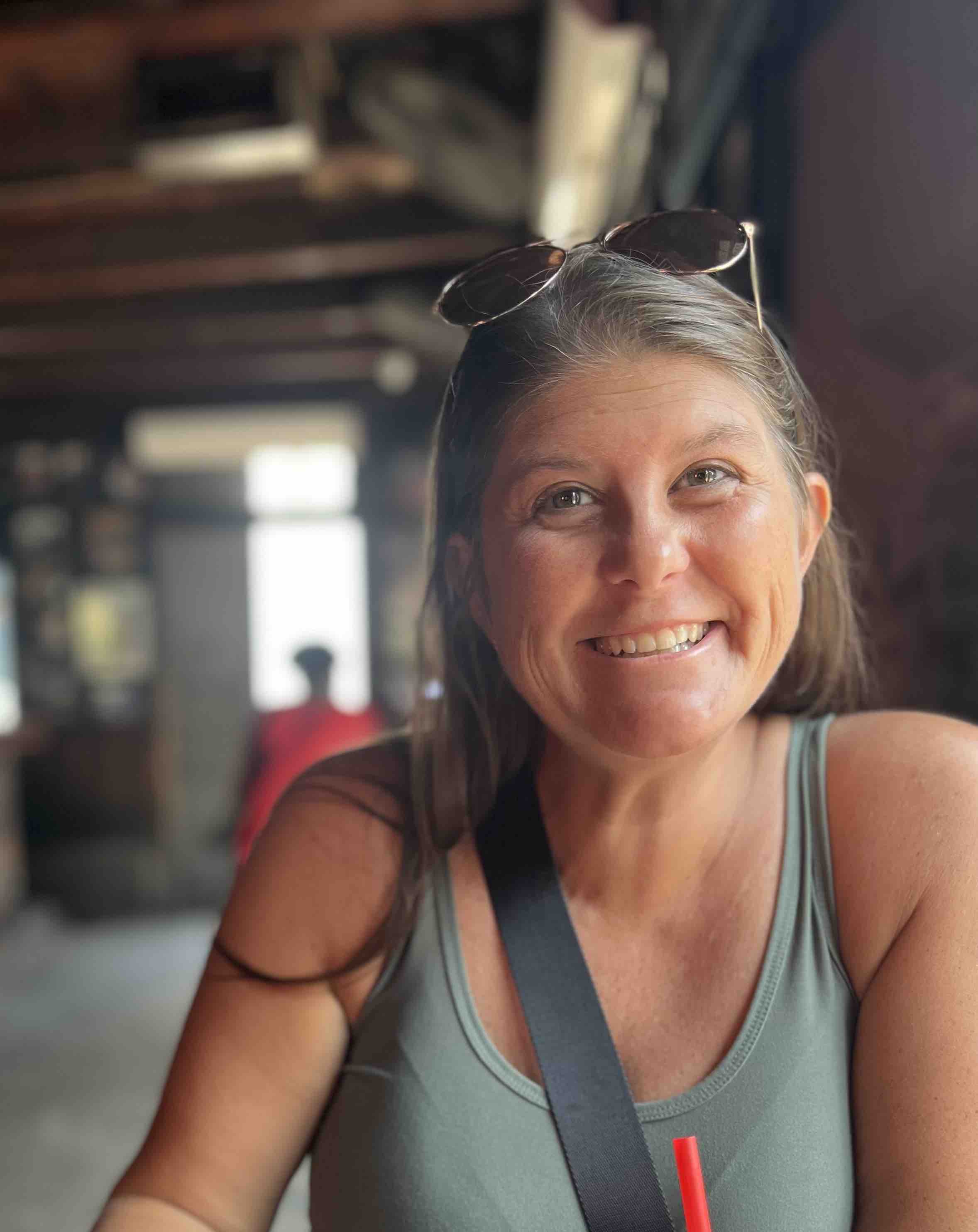
Breaking Free from Performative Prayer: How I Learned to Pray with Authenticity
Breaking Free from Performative Prayer: How I Learned to Pray with Authenticity
I was almost 40 when I quit praying like a Pharisee.
Growing up, my church had a strict routine. Every Sunday, an Elder would bless communion with a prayer. We knew exactly who would pray each week—it was always the Elder seated to the right of the stage.
Most Elders varied their prayers. One did not.
He prayed the exact same prayer every single time. My friends and I memorized it, mouthing the words along with him—not out of reverence, but because we found it amusing that his prayer was filled with “thees,” “thous,” and “thys,” straight out of the King James Version.
My childhood prayer life was also shaped by fear. I was taught that if I didn’t ask God for forgiveness every night, I risked going to hell if I died in my sleep. This instilled in me a deep anxiety around prayer. It wasn’t about relationship; it was about checking a box to avoid punishment.
Then there were the acronyms. Growing up in the ’80s and ’90s, I learned about Fully Relying On God (FROG) and was taught to structure my prayers with Adoration, Confession, Thanksgiving, and Supplication (ACTS). I was told it was selfish to bring my needs to God before first offering praise, confession, and gratitude.
Reverence—or even the appearance of reverence—was more important than relationship.
Rethinking Prayer: What Jesus Actually Taught
If you’ve been in church for a while, you probably know the Lord’s Prayer by heart. So much of what I was taught about prayer centered on Jesus’ words in Luke:
“Our heavenly Father, may the glory of your name be the center on which our life turns. May your Holy Spirit come upon us and cleanse us. Manifest your kingdom on earth. And give us our needed bread for the coming day. Forgive our sins as we ourselves release forgiveness to those who have wronged us. And rescue us every time we face tribulations.” (Luke 11:2-4 TPT)
The ACTS model aligns with elements of the Lord’s Prayer, but what’s baffling to me now is how we emphasize the structure of the prayer while often ignoring the teaching that follows.
Jesus didn’t randomly offer a model prayer. The disciples specifically asked, “Lord, teach us to pray.” It reminds me of when our kids ask us how to do something, and we respond with a story or illustration. That’s exactly what Jesus did.
But He didn’t stop with the Lord’s Prayer. He immediately followed it with two powerful illustrations:
The Friend at Midnight – A man knocks on his friend’s door late at night, asking for food. At first, the friend refuses, but because of the man’s shameless persistence, the door is opened, and his needs are met. (Luke 11:5-10)
The Good Father – Jesus asks, “Would a father give his child a snake when they ask for a fish? How much more will your heavenly Father give good gifts to His children?” (Luke 11:11-13)
These stories emphasize one thing: bold, persistent prayer.
Nowhere does Jesus say, “Follow this exact structure, or your prayers won’t be effective.” Nowhere does He say God withholds answers unless you first recite adoration, confession, and thanksgiving.
Instead, He tells us to approach God like a child approaching their parent—boldly, persistently, and without fear.

Photo by Aaron Burden on Unsplash
Breaking Free from Rigid Prayer Formulas
For years, the prayers I heard and the ones I prayed didn’t sound like a child approaching a loving Father. They sounded rehearsed, structured, and performative.
Sometimes, we overcomplicate things.
We like rules. We like checklists. We like formulas to follow.
Structure is useful in many areas of life, but when we try to impose rigid formulas on prayer, we risk losing authenticity. We take what should be an intimate conversation with our Father and shove it into a box of “correctness.”
Amazing things can happen in your prayer life when you dismantle that box. When you stop treating prayer as a ritual to be performed and start approaching God with the raw persistence of a two-year-old who just ran out of snacks.
Embracing Honest, Persistent Prayer
I’ll be honest—I still fall into old habits sometimes. When I don’t receive the answer I expect, or when God seems silent, my mind starts questioning: Was I reverent enough? Did I forget to offer adoration? Do I need to confess more?
Then I remember: My Father isn’t ignoring me because I didn’t structure my prayer correctly.
While adoration, confession, and thanksgiving have their place, God’s love isn’t transactional. He invites us to approach Him persistently and honestly, like children seeking their Father’s care.

Photo by Jon Tyson on Unsplash
A Prayer for You
My prayer for you this week is that you find freedom in your conversations with God. That you let go of any guilt or fear surrounding prayer. That you boldly and persistently approach your Father with your needs, trusting that He hears you—not because you followed a formula, but because He loves you.
Reflection Questions:
What have you been taught about prayer that you’re beginning to question?
What is your biggest obstacle to praying honestly?
How can you shift your perspective on prayer to reflect the persistence Jesus encourages?
Let’s start praying like the children of God we truly are—bold, persistent, and confident in His love.
